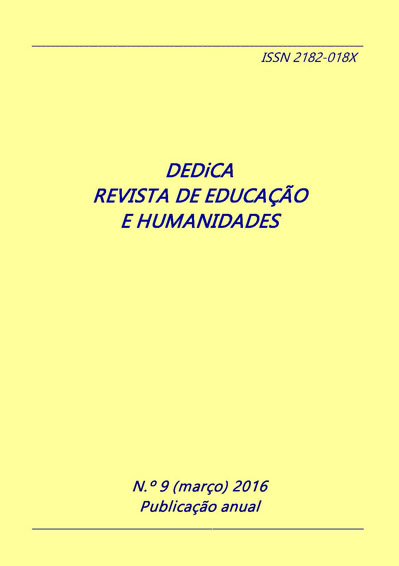Learning music and art from an intercultural perspective: a case study from the Choir of the Sagrado Corazón de Rosales
DOI:
https://doi.org/10.30827/dreh.v0i9.6885Keywords:
School Choir, Music Education, Didactics, motivation, folk musicAbstract
The aim of this paper is twofold: on the one hand, to identify various choral ensembles in schools as new ways of learning music and arts, while presenting aspects of intercultural awareness they develop in students. And on the other, to analyse the case of the Choir of the Sacred Heart of Rosales (Madrid), which has always enjoyed great success, collaborating since its origins with the world’s most outstanding orchestras.
The choir was founded by Mr. César Sánchez in 2005. Since its beginnings I have been assistant director and pianist, and for five years I have been its principal conductor and director.
The axes on which my presentation will be based are: popular and folk music as the basis of people’s knowledge; adaptations of musical repertoire from other cultures, and the use of language diversity in performance, which lead to knowledge of the artistic and social characteristics of countries and regions different from one’s own.
I shall conclude by showing how in a school of about 750 female and male students, a pre-choir of 40 children, the main school choir of 60 students and two other choirs co-exist, and by highlighting the importance of multiculturalism in students’ music education.
Downloads
References
Arévalo, A. (2009). Importancia del folklore musical como práctica educativa. Revista electrónica de LEEME, Nº 23 (Junio, 2009). Disponible en: http://musica.rediris.es/leeme. Consultado en 14/9/2015
Blasco, J. (2010). Fonética francesa. Disponible en: http:// www.sjbfrances.com/franc%C3%A9s/fon%C3%A9tica-francesa/. Consultado en: 14/9/2015
Conservatorio profesional de música de Salamanca. Lengua inglesa aplicada al canto. Programación didáctica. Disponible en: http://conservatoriosalamanca.centros.educa.jcyl.es. Consultado en: 14/9/2015
Elorriaga, A. El coro de adolescentes en un instituto de educación secundaria: un estudio de fonación. Revista electrónica Complutense de Investigación en Educación Musical. 7(1), 1-20. Disponible en: https://revistas.ucm.es/index.php/RECI/article/view/ 36939. Consultado en: 14/9/2015
Epelde, A. (2008). Importancia de improvisación y acompañamiento musicales para su aplicación en primaria. Creatividad y Sociedad. Revista de la Asociación para la Creatividad, 13, pp. 129-153. Disponible en: www.creatividadysociedad.com. Consultado en: 14/9/2015
Grove, G. (1980).The New Grove Dictionary of Music and Musicians. Londres: Stanley Sadie.
Jacques, F. Canción popular francesa. Partitura para flauta dulce. Folclore. Tonalidad do mayor. Música Secundaria. Disponible en: www.musica secundaria.com/partituras.html. Consultado en: 14/9/2015
Llorente Pinto, M. (2013). La importancia de la enseñanza de la pronunciación. En M. A. Penas (Ed.), Panorama de la fonética española actual (229-252). Madrid: Arco/Libros.
Lorenzo, T. (2005). El arreglo: un puzzle de expresión musical. Barcelona: J. M. Bosch.
Mahler, G. (1906) Sinfonía número 1. Gustav Mahler. Second edition. Viena: Universal Edition. Disponible en: http://imslp.org/wiki/Symphony_No.1_(Mahler,_Gustav). Consultado en: 14/9/2015
Miñana, C. (1991). Escuelas y experiencias pedagógicas de música popular. Estado actual y perspectivas en Colombia. Primer Encuentro Iberoamericano de Educación musical. Bogotá, abril 29- mayo 3 de 1991. Disponible en: http://www.humanas.unal.edu.co/ red/publicaciones/articulos-y-ponencias/. Consultado en: 14/9/2015
Pachón, A. (2007). Música y cine: géneros para una generación. Badajoz: Diputación Provincial de Badajoz.
Penas, M. A. (Ed.). (2013). Panorama de la fonética española actual Capítulo 7. Prosodia y enseñanza de lenguas. Madrid: Arco/Libros.
Rey, E. (1994). Bibliografía de Folklore musical español. Madrid: Sociedad Española de Musicología.
Williart, C. (2000). Nomenclaturas. Madrid: Real Musical.












